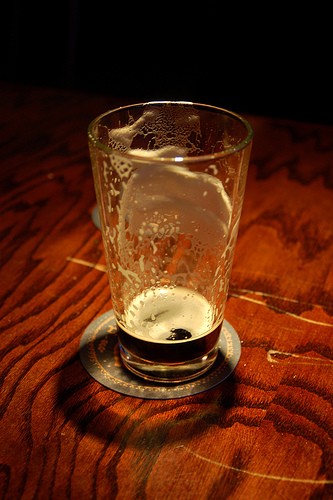For Under 25's in England, Demand for Addiction Treatment Rises by 12%
A record 50 000 English young adults (under 25) received substance abuse treatment during 2007 and 2008, which is a 12% increase over the previous 2 year period. The percentage needing treatment assistance for marijuana and cocaine rose by 44%, but demand for crack cocaine and heroin treatment was reduced.
The National Treatment Agency (NTA) provided the statistical information and a spokesperson from the NTA suggested that although the numbers of young adults in treatment had increased, rising treatment participation likely reflected a better availability of treatment services, rather than a true increase in need.
Professor Howard Parker, of Manchester University, studies English substance use and abuse and says that over the past number of years, young English men and women have started drinking "double" what they used to and that the cocaine usage rates have risen consecutively for 8 or 9 years. According to Parker, most young people coming in for treatment abuse a "cocktail" of drugs, mixing alcohol, marijuana, ecstasy and other party drugs.
Parker describes the current challenges of treatment services workers in England by saying, "Alcohol is cheaper and more available, cannabis is far stronger, cocaine is half the price it used to be and you can get half a dozen ecstasy tablets for £10."
Although most treatment seeking young English men and women now require services for alcohol and party drugs, treatment providers in England complain that too many addiction services organizations remain overly targeted on the treatment of heroin and crack cocaine, and suggest that some changes in focus are needed.
Post a comment 0
Copyright Notice
We welcome republishing of our content on condition that you credit Choose Help and the respective authors. This article is licensed under a Creative Commons License.

 John Lee
John Lee
